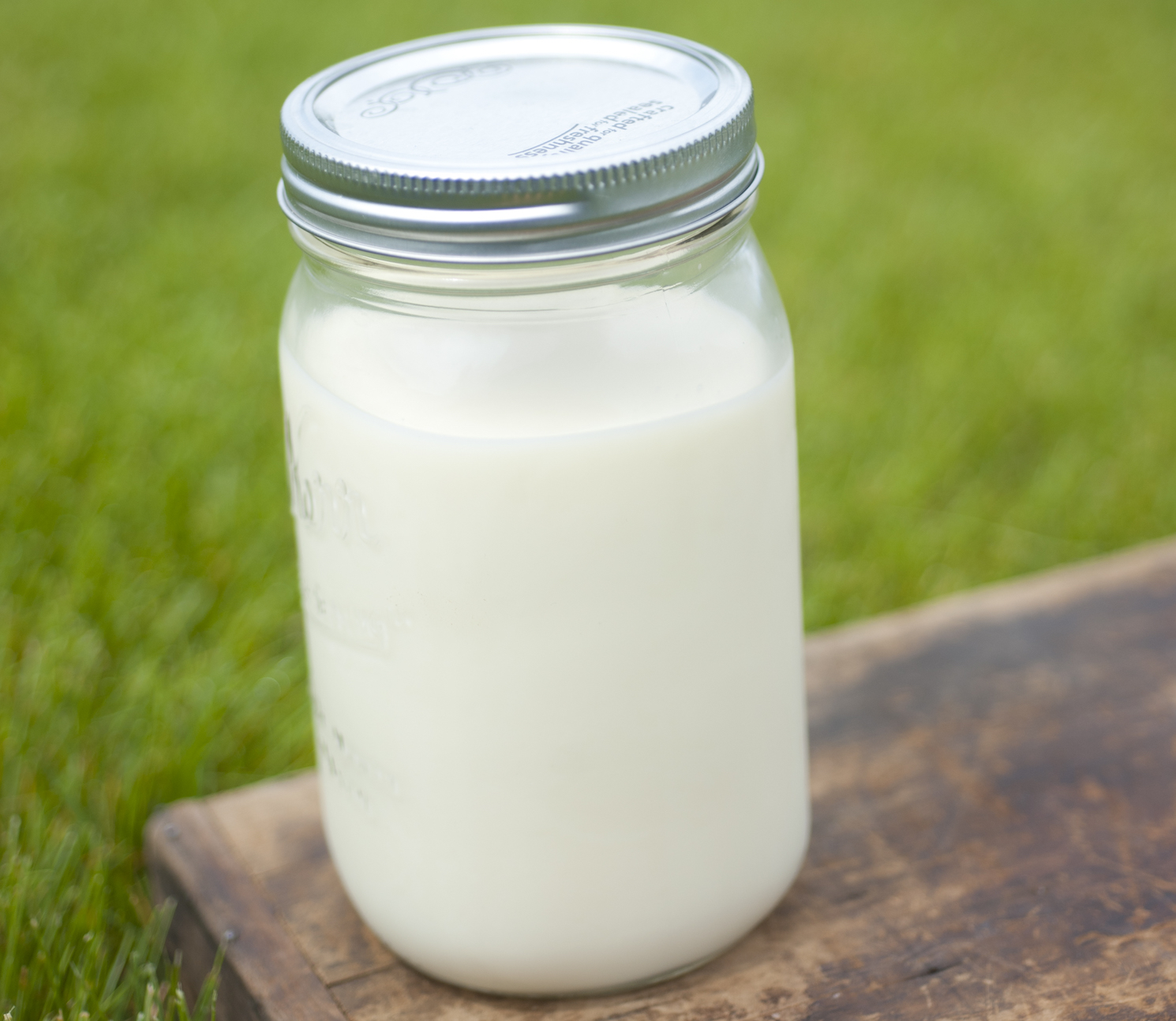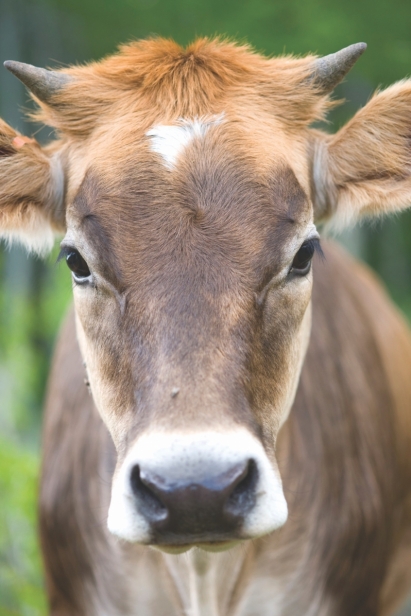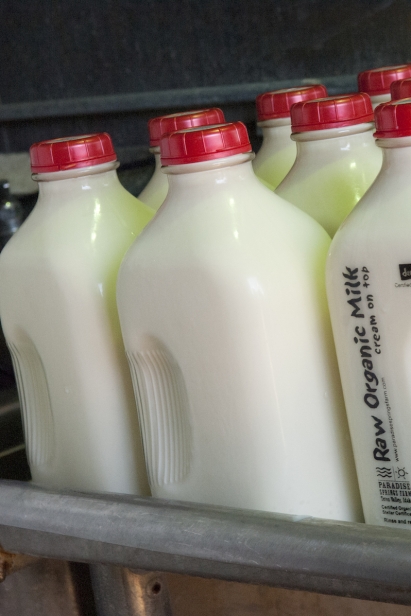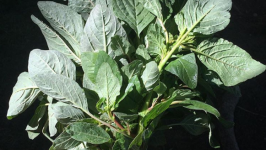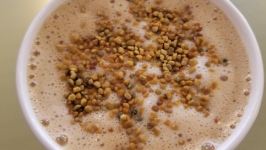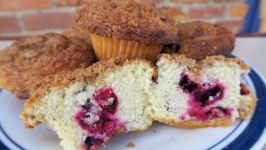Got Raw Milk? Health Threat or Benefit
Cleopatra thought milk was so good for the skin she famously bathed in it. And thanks to milk’s inherent calcium, vitamins, minerals, probiotic bacteria and host of enzymes, it has been a valued food staple for centuries.
Yet, the topic of milk can be surprisingly complicated and contentious. At the center of the debate are the merits of raw milk versus pasteurized milk—a controlled heating process that became widespread at the turn of the 19th century. Without proper storage at cold temperatures in sanitary facilities, raw milk can be an excellent medium for microbial growth and a vector for tuberculosis and brucellosis. Pasteurization killed almost all of these potentially harmful bacteria. With less bacteria to proliferate, milk also had a longer shelf life. So, in the US today, nine states have an outright ban on the sale of raw or unpasteurized milk. Rules in those states that do allow its sale, including Idaho, are complex and are accompanied by strict regulations and testing.
“I think Idaho has very fair laws,” said Angela Busselberg, who with her husband, Michael, owns Desert Wind Farms in Blackfoot. “They have monthly milk tests. It’s good for us to make sure we’re meeting the standards in that respect. We want to be a sustainable farm. We think agriculture should be.”
Desert Wind Farms owns three registered A2 Jersey cows for raw milk. Idaho’s Small Herd Exemption lets farmers with up to three cows sell raw milk for human consumption if they comply with regular testing. “These heritage cows produce rich creamy milk with high protein and good fat content, with no antibiotics, hormones or GMO feed,” Angela said.
The mother of three young children, she explained that the dairy is only one aspect of their farm, which also includes cows, pigs, chickens, and goats. Their milk is sold in Idaho Falls and Hailey. The rest is sold on their farm, where they keep an active waiting list of customers demanding their product.
When people question her about raw milk theories and practice, eastern Idaho dairy-woman Busselberg said she talks to them about where there milk is sourced.
“We’re very sanitary and gentle with our cows. We only feed grass. It’s for the optimal health of the cow. We make sure our milk is in sanitary containers, properly chilled and that the facilities are clean. This is how we do it,” said Busselberg.
Knight Dairy, near Filer, is also a family operated dairy with three generations working the dairy and farm. Jim Knight and his wife both grew up on dairy farms, and lived and farmed in Utah for a bit before returning to Idaho in the late 1970s. They currently have 40 Ayrshire cattle, a Scottish breed known for the quality of the milk. They sell most of their milk to Glanbia Foods, an Irish cheese company with plants in Gooding and Twin Falls. They keep a certain amount of raw milk aside for themselves and to bottle for NourishMe in Ketchum.
“It’s a good product,” Knight said. “It’s one of the old foods. The way we take care of milk is way different than it was. Then, you took care of the family cow. You milked it and had your milk.” Knight and his family consider their raw milk a normal staple of their diet.
“We know when the milk leaves here that it’s safe and delicious. Most people don’t even know what pasteurization is but we think any time you add or take away from a product it’s a substitute, and doesn’t taste as good and it’s not as healthy.”
Knight gave an example. As an experiment he took some calves and fed them only pasteurized milk, while the others drank the raw milk.
“After a week or so we could see the difference in them. The hair texture was different, the ones who had the raw milk just looked better,” said Knight.
Another raw dairy farmer, Deb Jantzi, is the owner, with her nine children, of Treasured Sunrise Acres, near Parma. They have dairy goats, and seven Jersey and Brown Swiss cows. Treasured Sunrise Acres milk is sold at the Boise Co-op, and on the farm. She was the first vendor to sell raw cow and goat milk at Boise’s Capital City Public Market. Jantzi said, “We test our animals and they do random tests on the milk once a month. The animals are also tested by veterinarians for disease. We’ve never had an issue.”
She said the Idaho State Department of Agriculture (ISDA) “bends over backwards to help. They are a safety net for farmers.”
The department has issued 150 small farm exemptions in the state of Idaho for cow, goat or sheep. There are also five Grade A dairy farms.
Those are for a limitless herd.
The head of the bureau, Marv Patten, said he supports “the concept of being able to have raw milk.”
“Generally speaking the milk quality has improved dramatically since the small herd exemption in 2010,” Patten said. “People assumed they could have a cow in their backyard, milk it and live happily ever after, which wasn’t true. There was a substantial learning curve.”
Patten said there are a few vital aspects to the raw milk industry in terms of safety: how they handle the product, the milking environment, and finally, appropriate cooling.
In testing raw milk, the ISDA is looking not just for the presence of bacteria but for the absence of drugs. Any batch of milk that tests positive for drugs must not be used for human consumption.
“Personally I think people are tired of being sick all the time and are looking for a better way. If it’s handled properly, raw milk has benefits. My kids were raised on it, and I drink it all the time. It’s a live food with vitamins, minerals and enzymes,” said Patten.
Jantzi said the local food movement is helping to drive interest in raw milk and illuminate the perils of industrial foods.
“Who’s handling it? What’s the animal’s habitat? What is it being fed?” she said. “The local food movement is huge. People want to know where their food comes from. All of our animals are sleek, fat, and healthy, and are given no hormones, drugs or antibiotics that would affect the quality of the milk.”
And that, plus the sweet taste of real milk, is what’s driving the movement.
Desert Wind Farms
Glanbia Foods
NourishMe
Treasured Sunrise Acres
Boise Co-op | @boisecoop
Capital City Public Market | @capitalcitymarket


